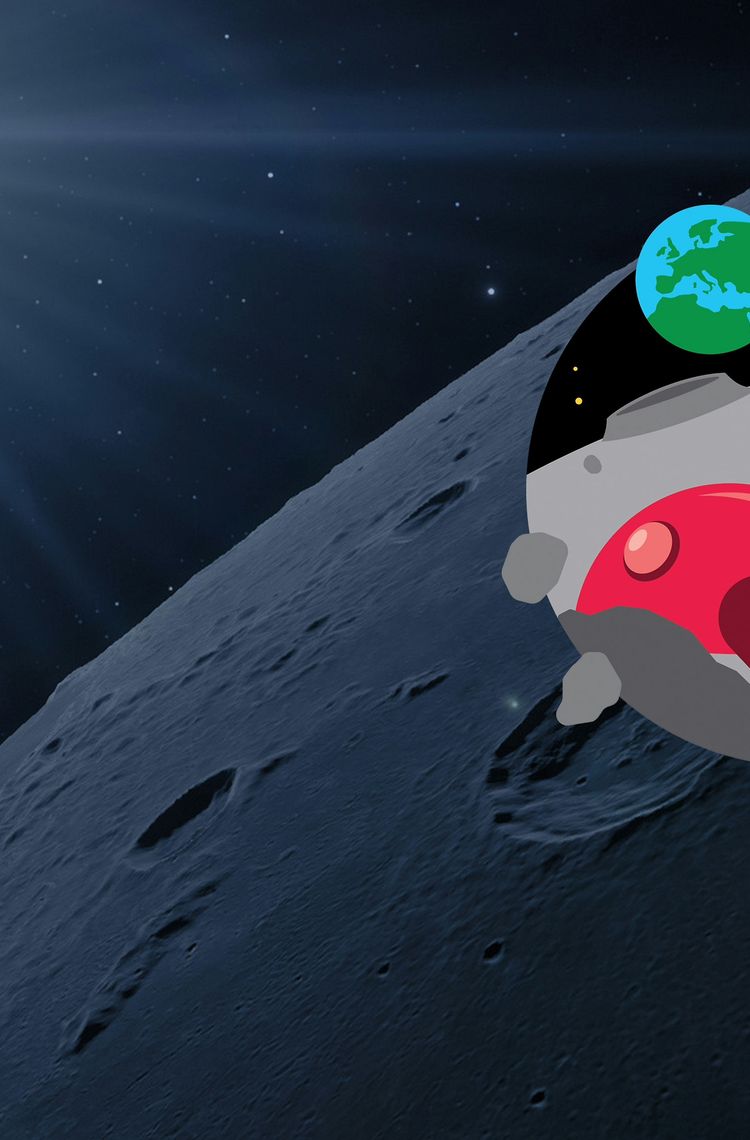I
nhabiting a planet other than the Earth has long been a central theme of science fiction. But this idea is becoming more and more plausible as a result of continued technological advances – with major breakthroughs anticipated in the years to come.
The Moon Camp Challenge allows student participants to take a first step towards deep space exploration by focusing on Earth’s only natural satellite. Organised by the Airbus Foundation and the European Space Agency (ESA), in partnership with Autodesk, this year’s edition invites students worldwide to imagine tomorrow’s sustainable lunar settlements with the help of 3D-modelling tools.
“I’m impressed by the ever-growing quality of the proposals submitted by the young people in each edition,” said Rachel Schroeder, Airbus Foundation Managing Director. “And I’m convinced this latest competition will be even more challenging for the teams, making it increasingly difficult for the jury to evaluate the proposals.”
I’m convinced that this new edition of the Moon Camp Challenge will be even more challenging for the teams, making it increasingly difficult for the jury to evaluate the proposals.
Rachel Schroeder, Managing Director Airbus Foundation
3D modelling to imagine life on the Moon
For its latest competition, the Moon Camp Challenge involves three levels of complexity for students between the ages of 6 and 19:
- Moon Camp Discovery (beginners, and recommended for participants 6 to 14 years old, but open to those up to 19 years old)
- Moon Camp Explorers (intermediate and up to 14 years old)
- Moon Camp Pioneers (advanced, ages 15 to 19 years)
The three categories use Autodesk’s 3D online modelling software to create three-dimensional Moon camp models. The “Discovery” and “Explorers” levels will apply the Tinkercad design and coding app, while “Pioneers” will work with the higher-level Fusion 360 software. Participants can also benefit from access to Airbus Foundation workshops and ESA educational resources.
Those taking part in the competition will need to consider where astronauts can live, work and explore on the lunar surface – factoring in the use of local resources, as well as providing protection.
Registration is now open
Participating teams should consist of one to six students, supported by a teacher or educator who will submit the entry for minors. Participation is open worldwide, and the deadline for Moon Camp Challenge entry submissions is 21 April 2022.
A jury composed of experts from ESA, the Airbus Foundation and Autodesk will select the winning teams. Entries will be evaluated on the quality of the design, the accompanying report that explains the design choices, and the Moon Camp’s overall habitability and functionality. Winning projects will be announced in June 2022.
For more information and full participation details, please visit the Moon Camp Challenge website: www.mooncampchallenge.org.
